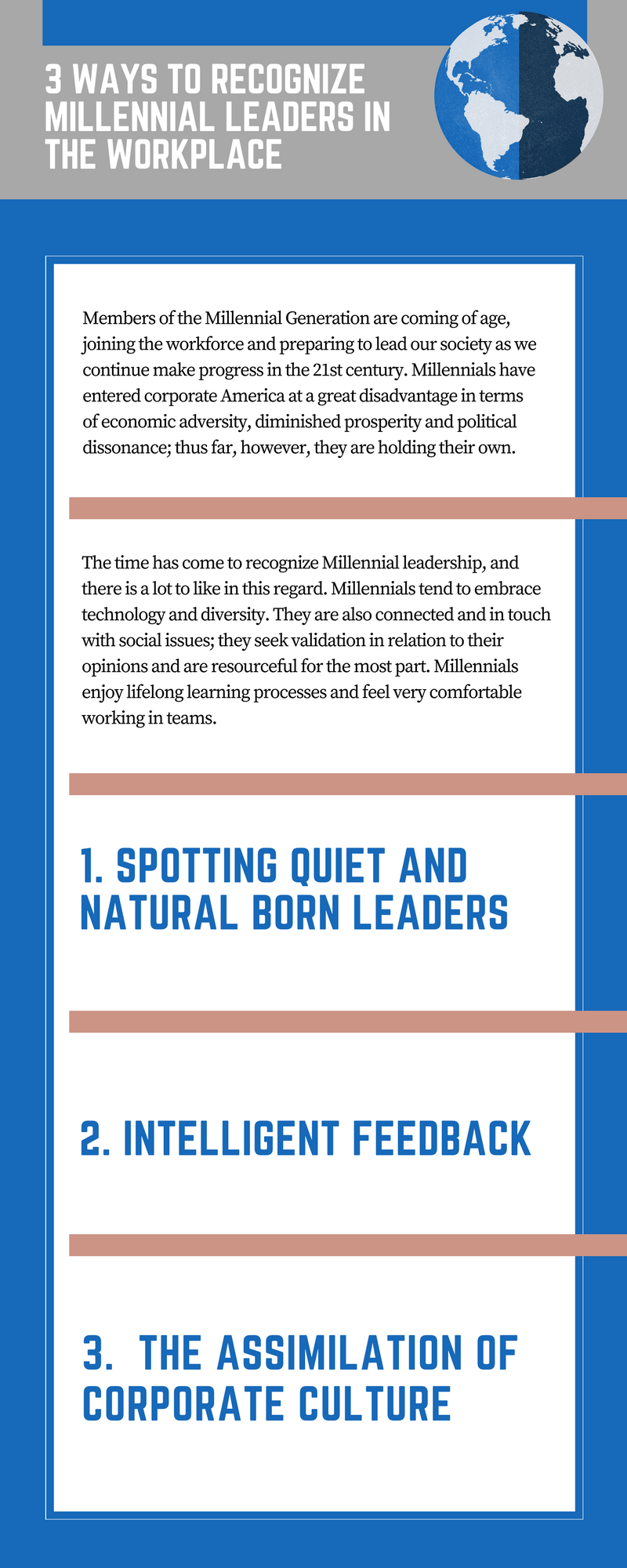In a professional environment, leaders are often faced with various challenges. Sometimes such difficulties are overcome quickly, while others can take a few months to conquer. Most businesses face some sort of tough time during their existence. These scenarios can often put the most pressure and weight on those in leadership roles. Teams are relying on their managers and superiors to guide them through such hardships and that can take a toll on a person. When in a leadership role, it is crucial to set the tone for your group and do your best to keep them on track. Here are some tips for keeping spirits high, even during a tough span of time.
Transparency
One of the most important qualities a leader can have during rough patches is transparency. Although there may be information that remains within management, being as open and honest with your team as possible give them optimism. Often, people need reassurance through multiple channels. If you can provide them with what they want or need to hear right away, it could alleviate some of the stress and nerves. Being candid can save you from a harder conversation down the line, should things take an unexpected turn.
Remain Positive
One of the worst things a leader can do during a tough time is panic or cause panic. Sometimes, you don’t realize that you are creating such an environment for your team. When you act in a manner different than usual it could result in a trickle-down effect. You might be getting brutal treatment or words from your superiors. However, don’t take the same actions towards your team. Being a leader includes directing your team on how to present themselves. If you are acting out and being demanding, they will likely lose respect and continue to worry.
Importance of Roles
Even when times are not hard, it is so vital to remind employees of their value to the over company. From the most entry-level to upper management, everyone has a role that makes the business thrive, and they need to know it. If there is room for movement within departments, take advantage. It can help to keep people motivated if they are able to take on new responsibilities. If you see someone not fulfilling their duties to the best of their abilities, have an open discussion and find out what they are feeling. Making your team aware of their worth and keeping moral as high as possible should be of the utmost importance to you as a leader.















